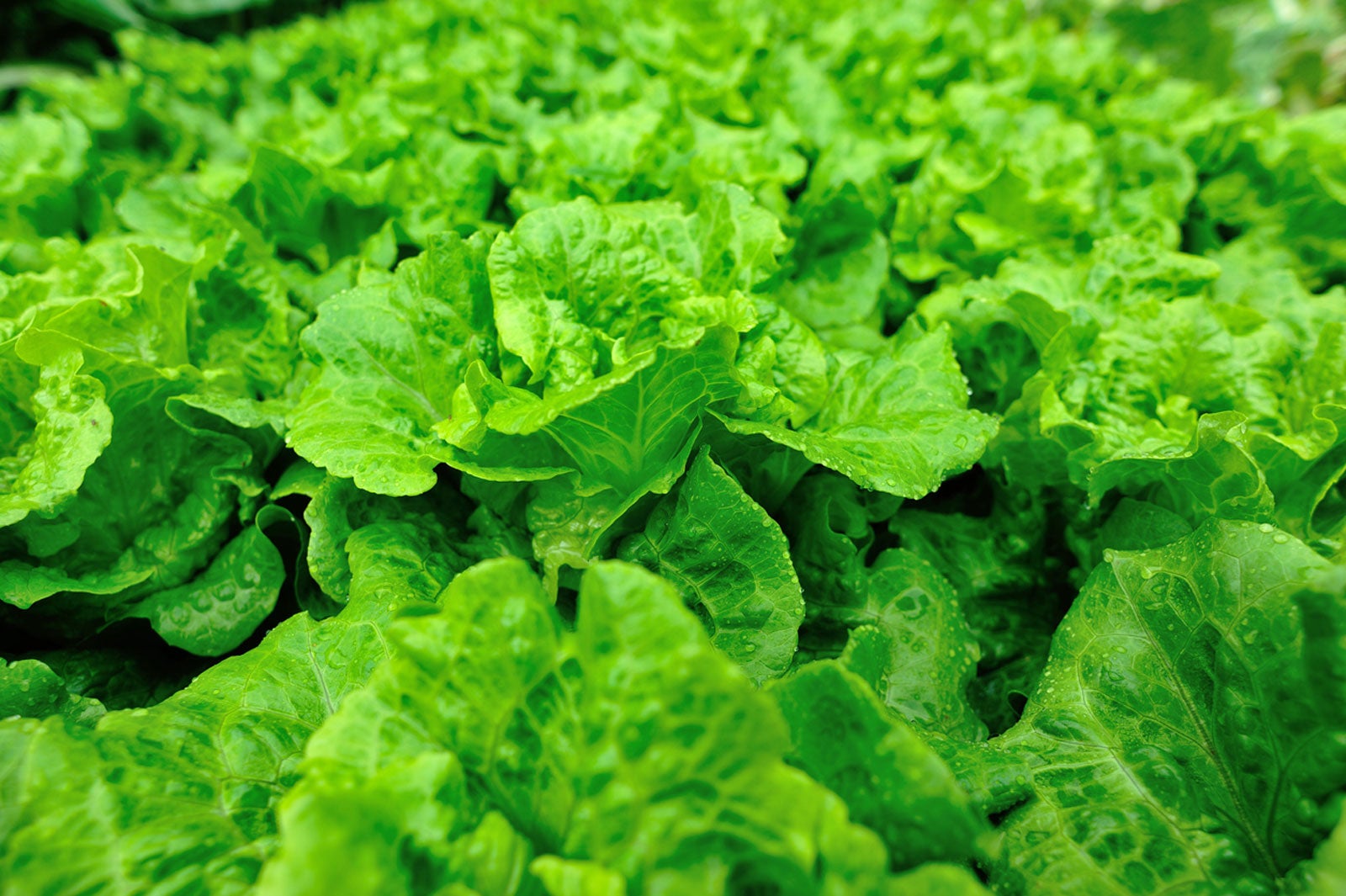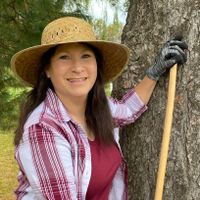Growing Lettuce In The Garden – How To Grow Lettuce Plants


Growing lettuce (Lactuca sativa) is an easy and inexpensive way to put fresh gourmet salad greens on the table. As a cool-season crop, lettuce grows well with the cool, moist weather available in spring and fall. In cooler climates, the lettuce growing season can also be extended year-round using an indoor hydroponic system.
When to Plant Lettuce
The lettuce growing season begins in early spring and extends through fall for northern U.S. climates. In warmer areas, such as southern Florida, lettuce can also be grown outdoors throughout the winter. Increasing daylight hours and hot temperatures stimulates lettuce to bolt, which makes growing lettuce more challenging during the summer months.
As a cool-season crop, lettuce can be direct-seeded into the garden as soon as the soil can be worked in the spring. If the ground is still frozen, wait until it thaws. Lettuce can also be started or grown indoors. Try succession planting and growing varieties of lettuce with differing maturity times to harvest lettuce plants throughout the growing season.
How to Grow Lettuce
Lettuce prefers moist, cool conditions, and you don’t even have to worry about chilly weather because the seedlings can tolerate a light frost. In fact, these plants grow best when temperatures are between 45 and 65 F. (7-18 C.).
Lettuce tastes more flavorful and the leaves remain tender when it grows quickly. Prior to planting, work organic compost or high nitrogen fertilizer into the garden soil to encourage rapid leaf growth. Lettuce prefers a soil pH between 6.2 and 6.8.
Due to its small seed size, it's better to sprinkle lettuce seed on top of fine soil, then cover lightly with a thin layer of dirt. A small hand held seeder or seed tape can also be used for proper spacing of plants. Avoid planting too deeply, as lettuce requires sunlight to germinate.
To avoid dislodging newly planted seed, water by gently misting the area with a fine spray until the soil is moist. When direct-seeding into the garden, consider using a plastic row cover, cold frame or scrap window pane to protect the seed from being washed away by heavy rains. For optimal growth, lettuce requires 1 to 2 inches (2.5 to 5 cm.) of rain or supplemental water per week.
Sign up for the Gardening Know How newsletter today and receive a free copy of our e-book "How to Grow Delicious Tomatoes".
Give lettuce plenty of room to mature by spacing plants 8 to 12 inches (20 to 30 cm.) apart. Planting in full sun will generate faster leaf production, but can encourage bolting during hot weather. However, lettuce will actually thrive in a little bit of shade too, making it great for planting between taller crops, like tomatoes or corn, which will provide shade as the season progresses. This also helps save on space in smaller gardens.
Tips for Harvesting Lettuce Plants
- For crisper lettuce, harvest in the morning. Wash leaves in cold water and dry with a paper towel. Place lettuce in a plastic bag and store in the refrigerator.
- Leaf lettuce can be harvested once the outer leaves reach a usable size. Picking the young, tender outer leaves will encourage the inner leaves to continue growing.
- Harvest romaine and leaf lettuce as baby greens by cutting straight across the plant 1 or 2 inches (2.5 to 5 cm.) above the soil level. Be sure to leave the basal growing point for further leaf development.
- Harvest head lettuce (depending on the variety) when they’ve reached a suitable size. If you allow the lettuce to become too mature, you’ll end up with bitter lettuce.
- Harvest iceberg when the head forms a tight ball and the outer leaves are pale green. Plants can be pulled or heads can be cut.
- Romaine (cos) types of lettuce can be harvested by removing tender outer leaves or waiting until a head is formed. When removing the head, cut the plant above the base to encourage regrowth or remove the entire plant if regrowth is not desired.

Laura Miller has been gardening all her life. Holding a degree in Biology, Nutrition, and Agriculture, Laura's area of expertise is vegetables, herbs, and all things edible. She lives in Ohio.